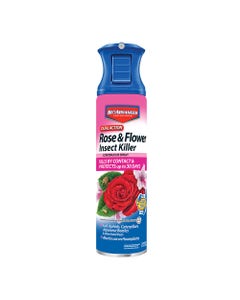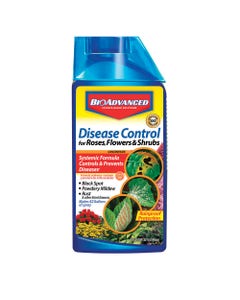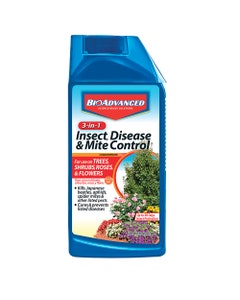

- Home
- Solution Center
- Learn
- Learn House Plants
- 6 Eye-Catching Indoor Low Light & Tall Succulents
6 Eye-Catching Indoor Low Light & Tall Succulents
For leafy good looks, you can't go wrong with succulents. These tough-as-nails houseplants boast long-playing color and low-maintenance charm. For a bulletproof plant that adds architectural interest to indoor settings, try one of these outstanding varieties. Learn more about growing succulents.

Aloe Vera(Aloe vera)
Widely known as burn plant or medicine plant, this Aloe is welcomed into homes not only for its beauty, but also for its healing properties. The gooey sap soothes burns, whether from heat or sun, and also heals scrapes. Native to northeast Africa, these trouble-free succulents grow slowly. Repot small offset shoots that develop beside the mother plant whenever the pot becomes crowded.
- Plant size:1-2 feet tall and wide
- Light:Bright indirect light in all seasons but winter; provide direct sun in winter. If you move plants outdoors in summer, protect from direct sun to prevent leaf burn.
- Moisture:Maintain a lightly moist soil spring through fall. Let soil dry somewhat in winter, but don't allow it to dry out completely.

Zebra Plant (Haworthia fasciata)
This tidy little plant doesn't take up much room and needs even less care. It's the ideal succulent for busy lives. Hailing from South Africa, plants perch on soil and sport a tidy form with leaves that boast striking horizontal white stripes. Use a shallow pot; roots don't grow deeply in soil. Repot every 12-24 months with fresh potting mix because plants shed old roots to grow new.
- Plant size:5-6 inches tall and wide
- Light:Near a bright south window; use caution exposing plants to direct sun, which can cause leaves to shrivel
- Moisture:Let soil almost dry out between waterings

Panda Plant (Kalanchoe tomentosa)
It's hard to resist touching this upright succulent. Leaves bear small, white hairs that create a fuzzy feel. Some folks call this Madagascar native "pussy ears." Leaf edges have dark-red hairs. Plants thrive in the dry air of winter-heated homes.
- Plant size:12-18 inches tall and wide
- Light:Bright indirect light
- Moisture:Allow the top 1 inch of soil to dry out between waterings; in winter, water just enough to keep leaves from shriveling

Bird's Nest Sansevieria (Sansevieria trifasciata 'Hahnii')
This nest-forming beauty is a sport of a plant found in New Orleans in the last century. Leathery leaves feature shades of green and silvery light green and are arranged in a whorl, forming a cup. Plants sucker freely, quickly filling pots with side-shoots of the mother plant. Cut side-shoots free to repot. This succulent prefers dry air, but dislikes drafts or being near heating vents. Plants tolerate tough growing conditions; this is the best succulent for low-light locations.
- Plant size:12 inches tall and wide
- Light:Tolerates very low light
- Moisture:Allow the top inch of soil to dry between waterings; avoid splashing water into the center of plants

Ponytail Palm (Beaucarnea recurvata)
This funky plant is typically mistaken for a Palm, but it's actually a semi-succulent cousin of Yucca. Native to the Mexican desert, Ponytail Palm withstands dry winter homes with ease. The swollen stem base stores water; thick leathery leaves resist drying. Keep leaves clean for best growth. This is the succulent to grow if you tend to forget to water on occasion. If leaf tips brown, you're either over-or under-watering. A slow grower, this striking plant rarely needs repotting; keep it pot bound for best growth.
- Plant size:Up to 8 feet in containers
- Light:Bright light to full, direct sun
- Moisture: Allow soil to dry slightly between waterings; in winter, water only enough to keep soil from drying completely

String Of Pearls (Senecio rowleyanus)
You'll have a conversation piece when you add String Of Pearls to your home. This plant looks more like a string of peas, with its small green beads arranged along dangling stems. Native to southwestern Africa, plants withstand dry winter homes with ease. This succulent grows quickly. Start with a small plant; you'll son have a full pot of dangling stems. Display in a hanging basket for best effect.
- Plant size:Stems dangle 2-3 feet; if stems become too long, cut them off and stick the ends into the pot for rooting and creating a thicker planting
- Light:Bright light; some direct but not constant sun is OK
- Moisture:Allow soil to dry out some between waterings; in winter, water only enough to keep soil from completely drying out






